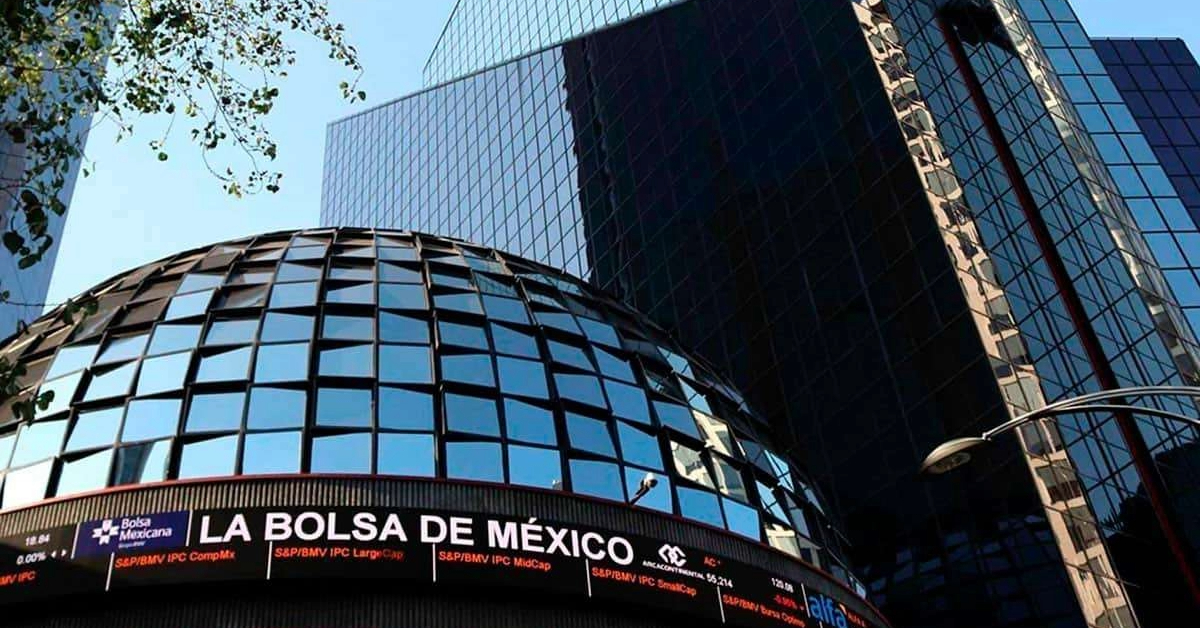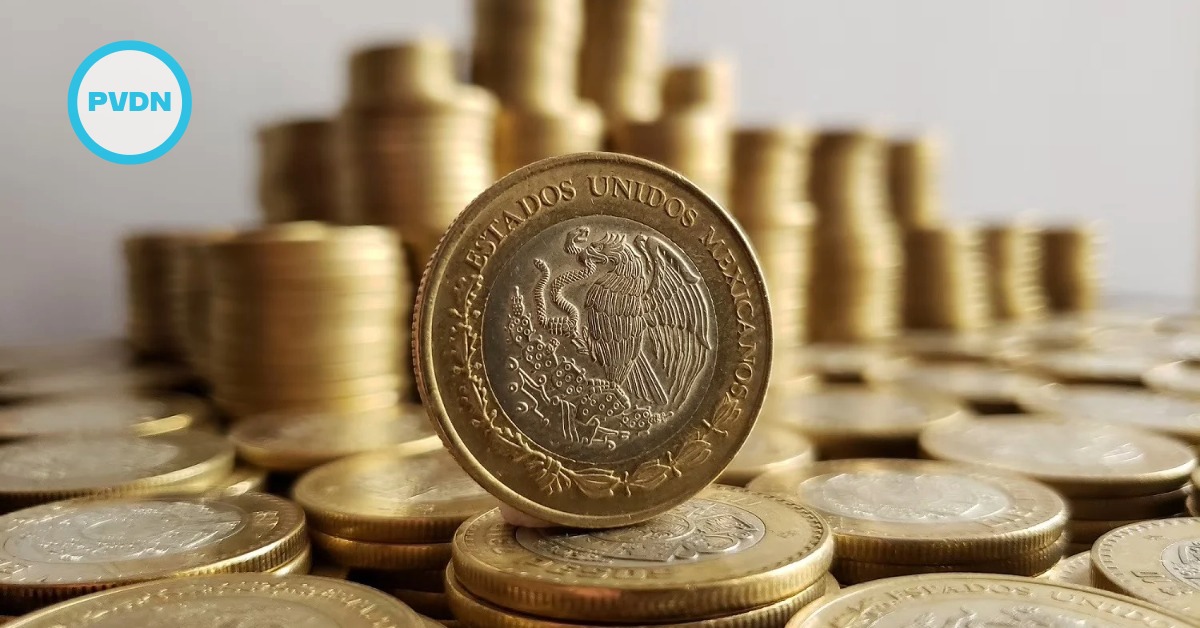Puerto Vallarta, Mexico - In a surprising twist amid a global financial downturn triggered by U.S. President Donald Trump's sweeping tariff offensive, Mexico's economy appears to be weathering the storm. The Mexican peso, now trading below 20 per dollar, and the Mexican Stock Exchange (BMV) have both shown resilience while many of the world’s markets reel from the impact of the tariffs imposed on more than 100 countries.






